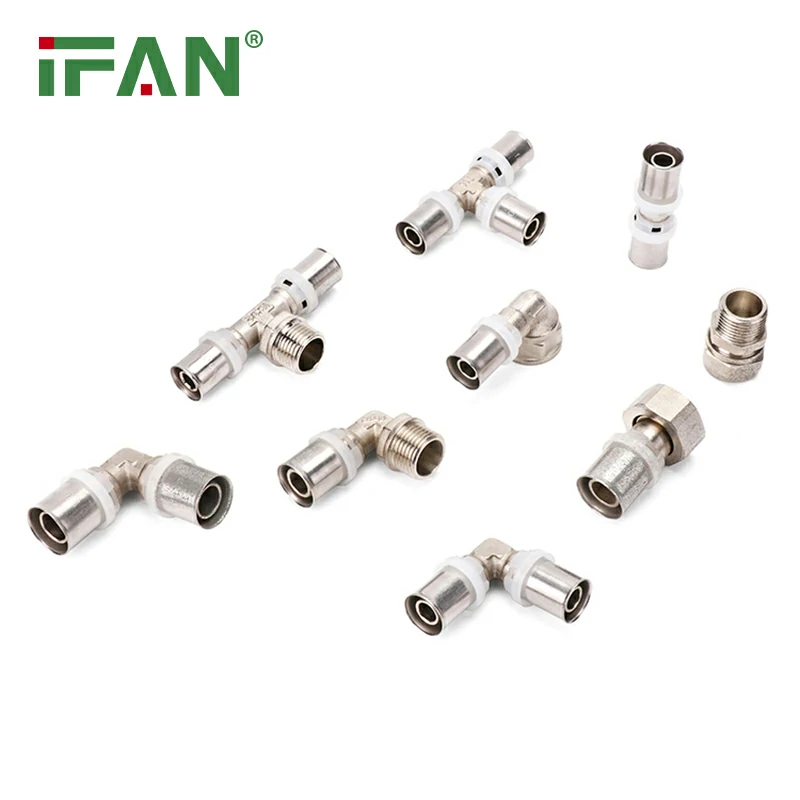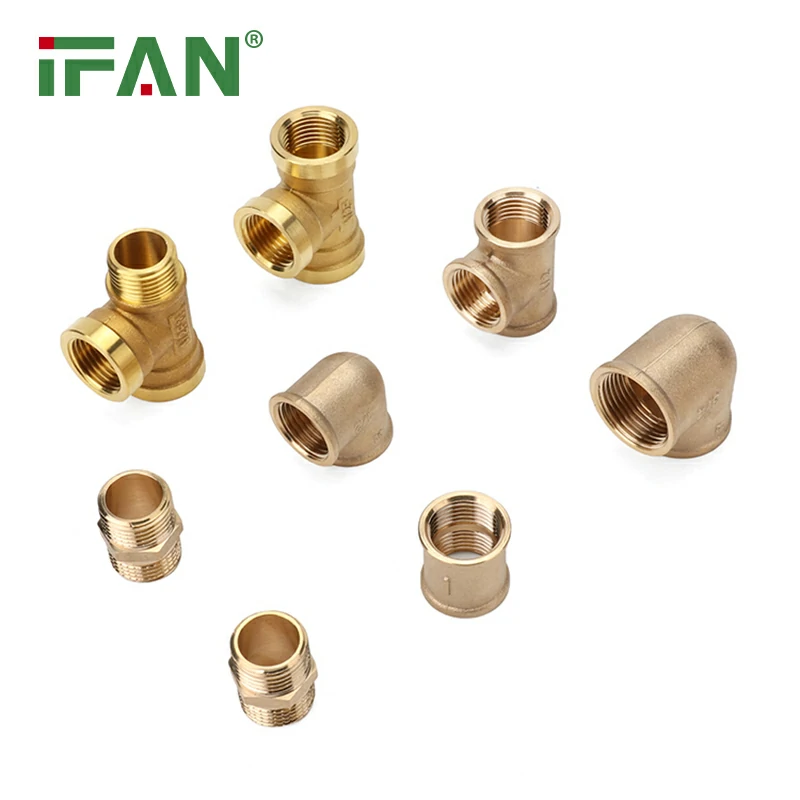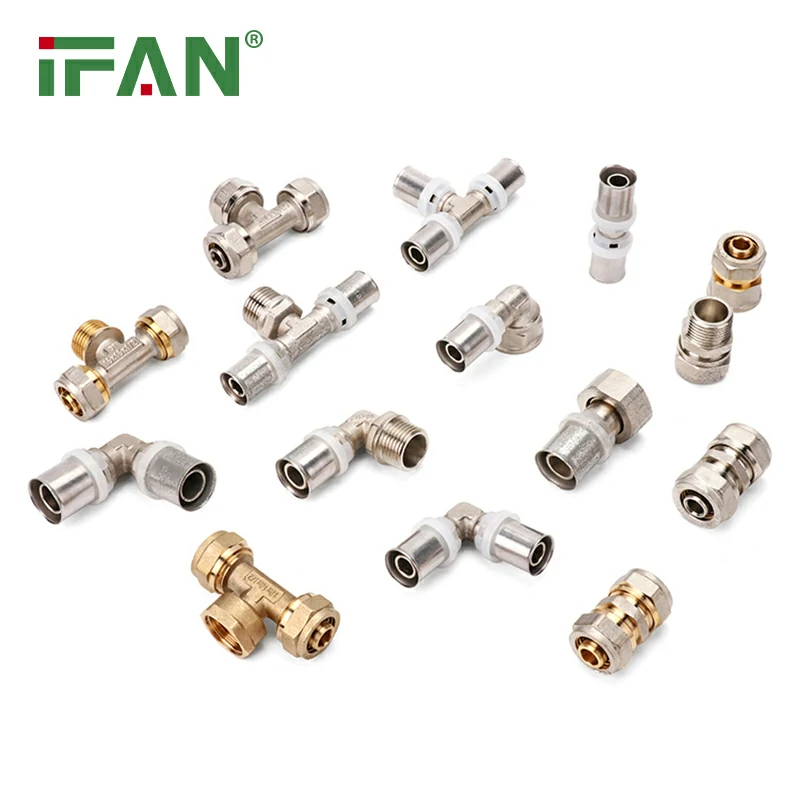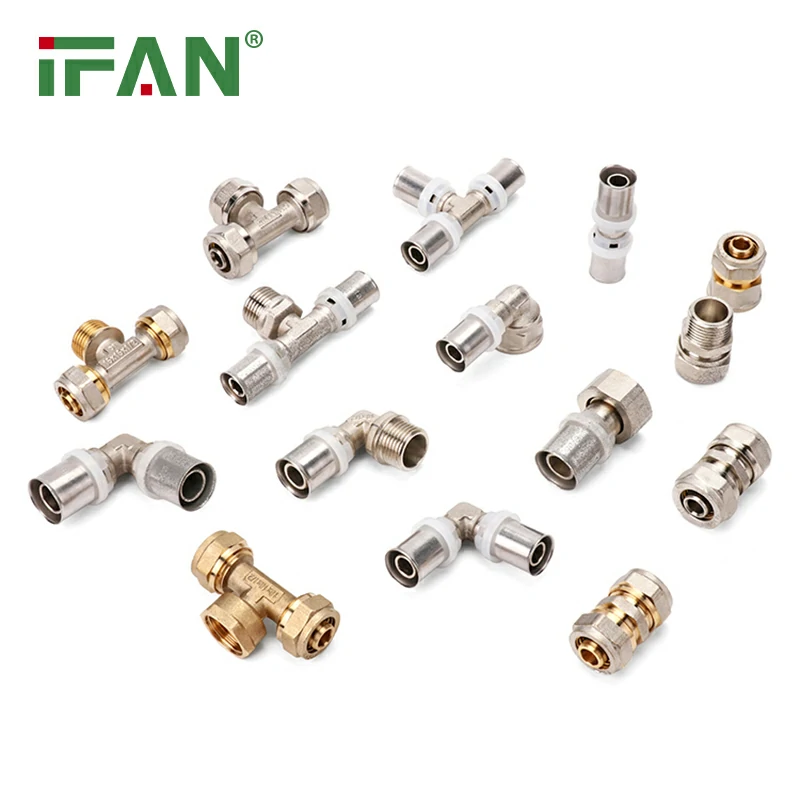Removing a PVC pipe fitting after it has been glued can be challenging, but it is possible with some patience and the right tools. The first step is to use a hairdryer or heat gun to soften the glue. Then, use pliers or a wrench to gently twist and pull the fitting off the pipe. If this does not work, you can try using a PVC pipe cutter to cut away the fitting.
Is it possible to remove a PVC pipe fitting without damaging the joint or the surrounding pipe?
Unfortunately, it is difficult to remove a PVC pipe fitting without damaging the joint or the surrounding pipe. The glue used to attach PVC fittings creates a permanent bond, which makes removing the fitting while keeping the joint intact almost impossible. Even if you manage to remove the fitting, the joint will likely be weakened and may require replacement.
Is it necessary to use a saw or a cutting tool to remove a glued PVC fitting?
It is not necessary to use a saw or cutting tool to remove a glued PVC fitting. In fact, using a cutting tool may cause more damage to the surrounding pipe than just pulling the fitting off. The best approach is to use heat to soften the glue and then carefully twisting and pulling the fitting off the pipe. If this does not work, you may need to cut away the fitting using a PVC pipe cutter.





